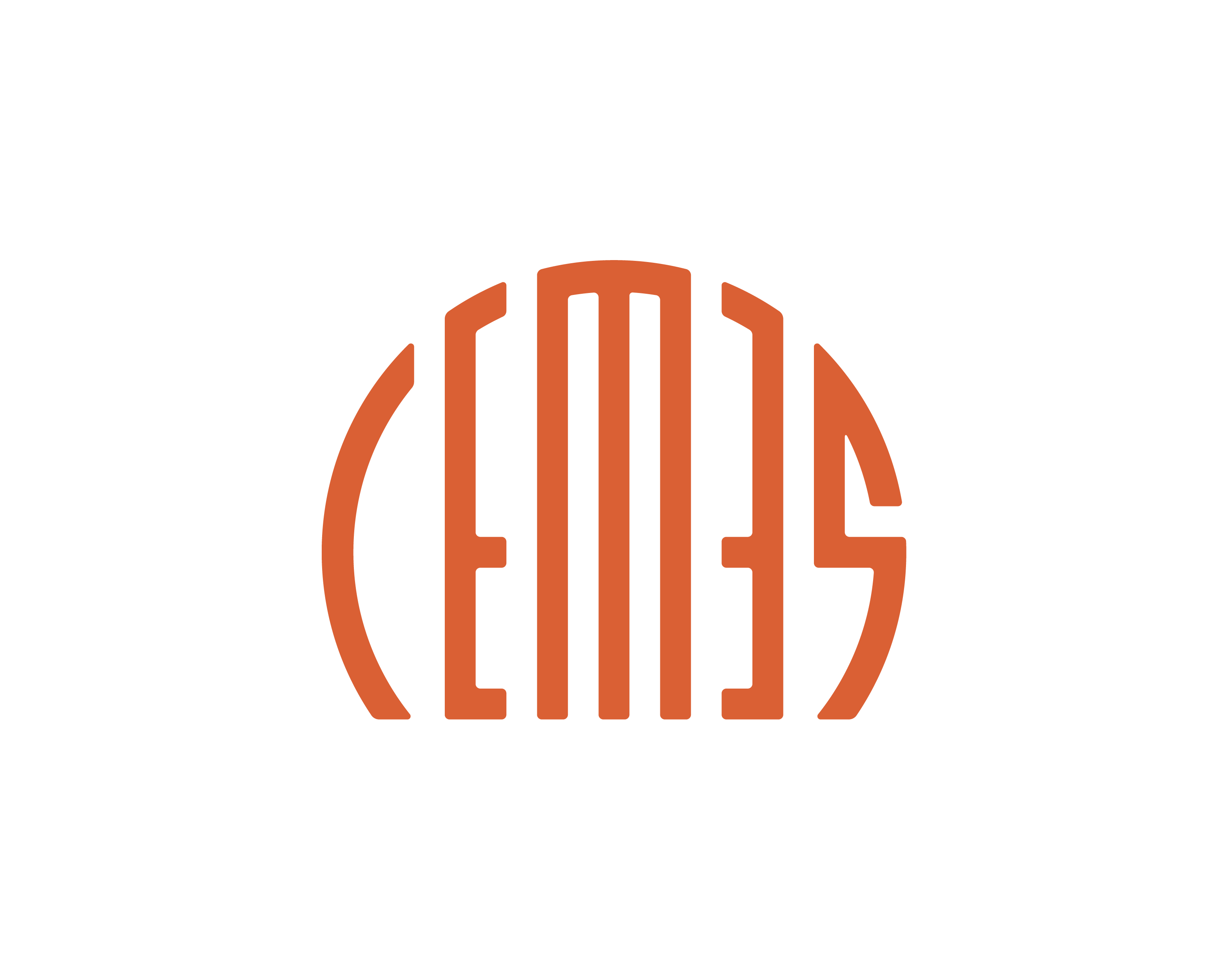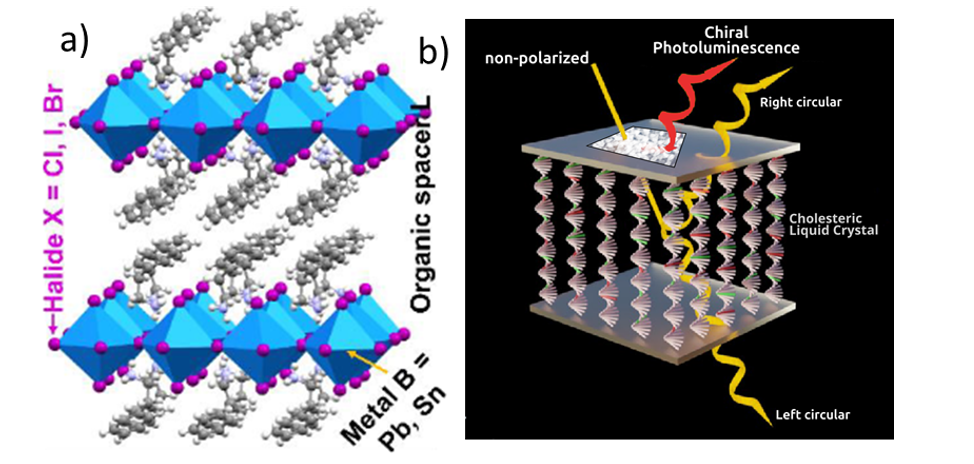OPTICAL PROPERTIES OF 2D PEROVSKITES
CHEMISTRY & GREEN CHEMISTRY

Lab: CEMES
Duration: NanoX master Internship (8 months part-time in-lab immersion)
Latest starting date: 06/10/2025
Localisation: CEMES
29 rue Jeanne Marvig
31400 TOULOUSE - FRANCE
Supervisors:
Pascal PUECH pascal.puech@cemes.fr
Gonzague AGEZ gonzague.agez@cemes.fr
Work package:
The internship is divided into two parts, both related to the optical properties of 2D perovskites. This project originates from a collaboration between LNCMI and CEMES (Q-Polar project), aiming to perform advanced optical spectroscopy studies.
Two main objectives will be pursued simultaneously:
• Excitation wavelength-dependent Raman spectroscopy, and
• Tuning of the polaronic response via substrate functionalization.
WP1 – Raman Response
The first objective is to evaluate potential far-from-equilibrium effects by analyzing the temperature through a detailed examination of the Raman Stokes–Anti-Stokes intensity ratio for all vibrational modes. Up to now, we have assumed a uniform bath temperature across all quantum excitations. In the Raman spectra presented in Fig. 3c, the anti-Stokes component was multiplied by the factor exp(ħω/kBT), using a single temperature value. However, a more detailed analysis could shed light on the phonon-bottleneck effect expected in 2D perovskites. Obtaining such detailed information on the interactions between the phonons of the inorganic framework and the electronic excitations (excitons) is crucial for understanding charge carrier thermalization paths and thus the dynamics in these materials.
WP2 – Chiral Substrate
Recent studies have shown that the spin lifetime in 2D layered perovskites is on the order of ~200 ps, nearly an order of magnitude longer than the exciton lifetime. This finding has fueled growing interest in chiral 2D perovskites, which offer a promising route to control spin states in these materials.
Typically, chirality is introduced by replacing conventional organic ligands with chiral ones that favor a specific spin polarization. In this work, we propose an alternative approach: depositing a 2D perovskite flake onto a chiral substrate, as schematically illustrated in Fig. 1b. The functionalized substrate, designed to introduce circular polarization into the system, will be used to modify both excitonic and polaronic-like emissions, thereby providing an additional handle for probing their properties. The NEO research group at CEMES has developed the technology required for fabricating such chiral substrates, and has also implemented a dedicated optical bench for the characterization of circularly polarized photoluminescence (CPL), enabling quantitative analysis of the differential emission between left- and right-circularly polarized components.
The student will be involved in the following tasks:
• Perform excitation-wavelength-dependent Raman spectroscopy on 2D perovskite samples to analyze vibrational modes and evaluate non-equilibrium phonon populations via Stokes/anti-Stokes intensity ratios.
• Develop and optimize the deposition process of 2D perovskite flakes on chiral substrates fabricated by the NEO group at CEMES.
• Carry out circularly polarized photoluminescence (CPL) measurements, aiming to quantify the differential emission between left- and right-handed circular polarizations.
• Perform time-resolved PL measurements to determine exciton and spin lifetimes, and evaluate how these parameters are influenced by the chiral nature of the substrate.
Expected Outcomes
The expected outcomes will provide deeper insight into polaron dynamics in perovskite-based materials and contribute to the broader understanding of light–matter interactions in low-dimensional systems.

References:
References:
- M. Dyksik, D. Beret, M. Baranowski, H. Duim, S. Moyano, K. Posmyk, A. Mlayah, S. Adjokatse, D. K. Maude, M. A. Loi, P. Puech, P. Plochocka, Polaron vibronic progression shapes the optical response of 2D perovskites. Adv. Sci. 2024, 11, 2.
- Rafayelyan, M., Agez, G., & Brasselet, E. Ultrabroadband gradient-pitch Bragg-Berry mirrors. Physical Review A, 2017, 96(4), 043862.
Areas of expertise:
Electronic properties, advanced optic, mathematic skills
Required skills for the internship:
Meticulous, motivated, passionate about optics
